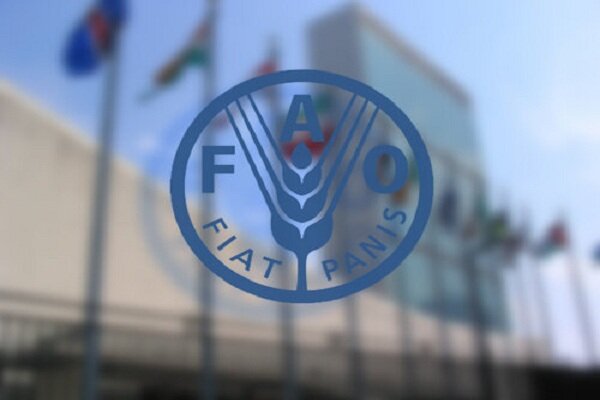The FAO Food Price Index averaged 182.5 points during the month, up 0.7 percent from December and 11.3 percent higher than the same month a year earlier.
Vegetable oils, sugar, and wheat were the chief drivers of the index, which tracks monthly changes in the international prices of commonly-traded food commodities.
The FAO Vegetable Oil Price Index increased 7.0 percent for the month, hitting a three-year high as prices for palm, soy, sunflower and rapeseed oils all rose.
The FAO Sugar Price Index rose 5.5 percent, propelled by expectations of much lower sugar output in several major producing countries.
The FAO Cereal Price Index rose 2.9 percent from December, led by higher wheat prices, followed by maize and rice.
The FAO Dairy Price Index rose 0.9 percent, buoyed by strong import demand for butter, cheese and skim milk powder.
The FAO Meat Price Index, meanwhile, reversed an 11-month upward streak and declined 4.0 percent during the month because of reduced purchases from China and the Far East as well as large export availabilities of pig and bovine meats.
2019 likely to register record cereal output
FAO also issued a new forecast for world cereal production in 2019, anticipating a record high of 2 715 million tonnes, a 2.3 percent increase from the previous year.
FAO raised its forecast for world cereal utilization in 2019/20 to 2 714 million tonnes, up 1.2 percent from the previous year.
World cereal stocks by the close of seasons in 2020 are expected to amount to 863.3 million tonnes, marginally lower than their opening levels. The resulting global cereal stock-to-use ratio is now projected at 30.9 percent, a comfortable level by historical standards.
World trade in cereals in 2019/20 is anticipated to rise 2.3 percent to 420.2 million tonnes, the second highest on record, led by increasing shipments of wheat from the European Union and Ukraine to Asia.
MNA/
